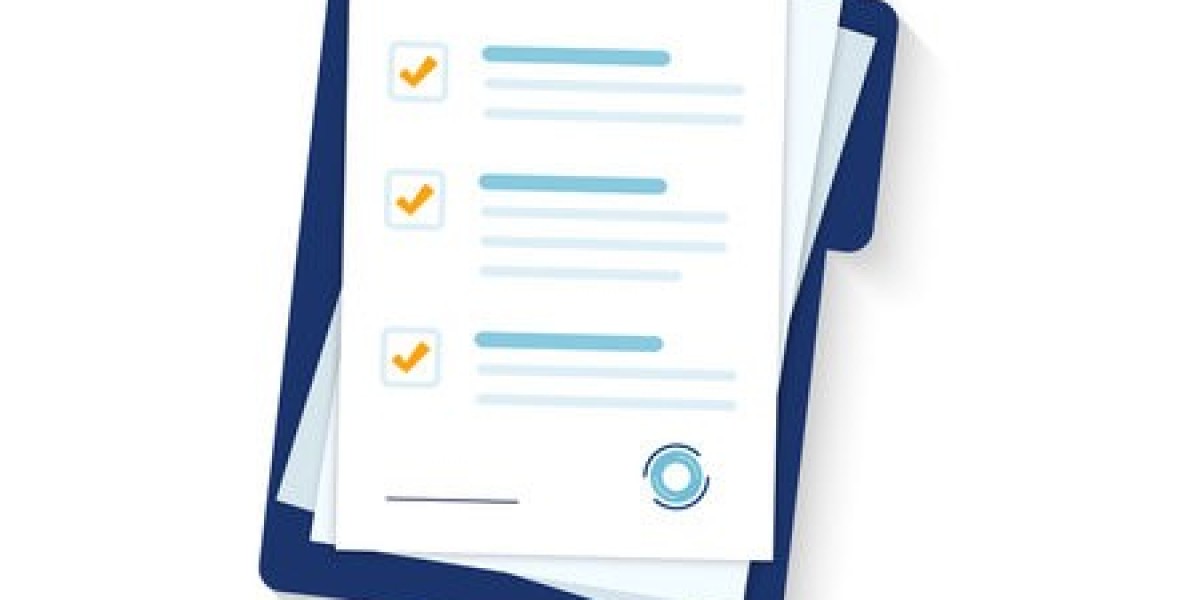In today's digital age, remote access and remote desktop software are crucial for both individuals and businesses. With the rise of remote work, understanding the capabilities and functionalities of these tools is more important than ever. This article delves into the essential aspects of remote access software, highlighting features, benefits, and considerations for selecting the right solution. Our company, RemoteToPC, provides a range of solutions that can enhance productivity and streamline operations for users around the globe.
Understanding Remote Access Software
Remote access software allows users to connect to and control a computer or network remotely. This technology is essential for IT support, remote work, and accessing files or applications from anywhere in the world. Remote access can be established through various means, including VPNs (Virtual Private Networks) and dedicated remote desktop applications.
Types of Remote Access Solutions
- Remote Desktop Software
- This software enables users to access their desktop environment from another device. It mirrors the desktop interface, allowing users to operate their computer as if they were sitting in front of it.
- Virtual Private Network (VPN)
- VPNs create a secure connection over the internet, enabling users to access private networks remotely. They are vital for ensuring data security when accessing company resources from outside the office.
- Remote Management Tools
- These tools are designed for IT professionals to manage servers and networks remotely. They often include monitoring, maintenance, and troubleshooting features.
Key Features of Remote Access Software
When evaluating remote access solutions, it’s essential to consider the following features:
1. Security Protocols
The security of remote access software is paramount. Look for solutions that offer robust encryption protocols, such as AES-256, to protect sensitive data during transmission. Additionally, multi-factor authentication (MFA) adds an extra layer of security by requiring users to verify their identity through multiple methods.
2. Cross-Platform Compatibility
In a diverse technological landscape, compatibility across various devices and operating systems is crucial. The best remote access solutions support Windows, macOS, Linux, iOS, and Android, ensuring users can connect from their preferred device.
3. File Transfer Capabilities
Efficient file transfer options streamline workflow by allowing users to send and receive files seamlessly. This feature is particularly useful for teams that need to share documents quickly during collaborative projects.
4. Performance Optimization
High-performance remote access software minimizes latency and maximizes responsiveness. Features such as adaptive bandwidth usage and hardware acceleration can significantly enhance user experience, especially during high-demand tasks.
Benefits of Using Remote Access Software
Enhanced Flexibility and Productivity
Remote access solutions empower users to work from anywhere, enabling a flexible work environment. This flexibility leads to increased productivity, as employees can choose their optimal working conditions.
Cost Savings
Implementing remote access software can lead to significant cost savings for businesses. By reducing the need for physical office space and related overhead costs, companies can allocate resources more efficiently.
Improved Collaboration
With remote access tools, team members can collaborate in real-time, regardless of their physical location. This capability fosters a more connected and engaged workforce, driving innovation and creativity.
Simplified IT Support
IT teams can resolve issues remotely, reducing downtime and improving service efficiency. With the ability to access user machines, IT personnel can diagnose problems and implement solutions without the need for on-site visits.
Choosing the Right Remote Access Software
Selecting the right remote access solution requires careful consideration of various factors:
1. Assess Your Needs
Evaluate the specific requirements of your organization. Consider factors such as the number of users, the types of devices in use, and the level of security required.
2. Evaluate Vendor Reputation
Research vendors to determine their reputation in the market. Look for reviews, case studies, and testimonials that provide insights into their service quality and customer support.
3. Test the Software
Most reputable vendors offer free trials or demos. Utilize these opportunities to assess the user interface, features, and overall performance of the software before making a commitment.
4. Review Pricing Models
Remote access solutions come with various pricing structures, including subscription models, one-time fees, or tiered pricing based on features. Choose a model that aligns with your budget and long-term goals.
Popular Remote Access Software Solutions
Here are some leading remote access software options available today:
1. TeamViewer
TeamViewer is a widely recognized remote access tool that offers comprehensive features for both personal and business use. Its cross-platform compatibility and user-friendly interface make it a favorite among users.
2. AnyDesk
Known for its high-performance capabilities, AnyDesk provides a fast and reliable remote access experience. It is particularly favored by businesses requiring low-latency connections.
3. LogMeIn
LogMeIn is an all-in-one remote access solution that caters to businesses of all sizes. With features such as file sharing, remote printing, and cloud storage, it is a robust option for comprehensive remote management.
4. RemoteToPC
RemoteToPC stands out for its intuitive interface and strong security features. It provides seamless remote access while prioritizing user privacy and data protection. Our solution is designed to cater to the needs of both individuals and businesses, making remote work efficient and secure.
Conclusion
In a rapidly evolving digital landscape, remote access and remote desktop software are vital for ensuring business continuity and enhancing productivity. By selecting the right tools, organizations can reap significant benefits, from cost savings to improved collaboration. At RemoteToPC, we are committed to providing high-quality solutions that empower users to work effectively from any location. Embrace the future of work with reliable remote access solutions tailored to meet your needs.








